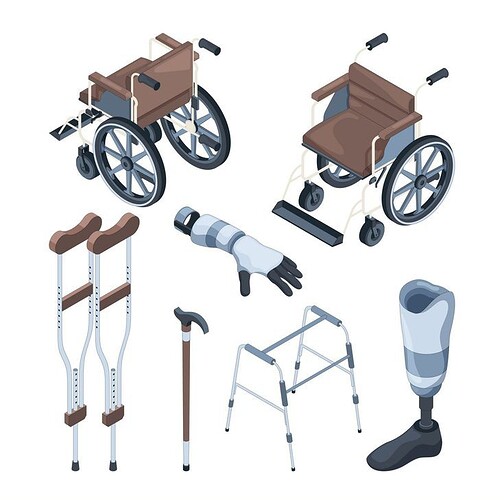Advancements and Accessibility of Prosthetics: A Look at Modern Developments
Prosthetics, which refer to artificial substitutes or replacements for parts of the body, have come a long way in terms of development and accessibility. From teeth and facial bones to joints and limbs, prosthetics are designed for functional and/or cosmetic reasons. In recent years, there have been dramatic advancements in prosthetics, resulting in highly functioning and technologically advanced options for amputees. While some prosthetics can still be costly, there are now government facilities that make it easier for middle-class individuals to obtain them.
Artificial limbs, commonly known as prosthetic devices, are now made of lightweight, high-strength materials like plastic-coated fibers, plastics, carbon-fiber composites, and different metal alloys. Factors like the location and level of amputation, the condition of the remaining limb, and activity level are considered when choosing a prosthesis. Thanks to the latest prosthetic advancements, people with prosthetics can now do almost everything they could before they lost their limb, with some even achieving remarkable success in activities like running marathons and climbing mountains.
Moreover, modern industrial fabrication techniques like injection-molded plastics can create lightweight and low-cost prosthetic components suitable for limited walking. Such designs may also be moisture-resistant, making them suitable for use in the shower or on the beach. These low-cost devices may permit their use in developing economies where more complex technology is not yet feasible. With continued demand for prosthetics, the future of their development looks promising.

